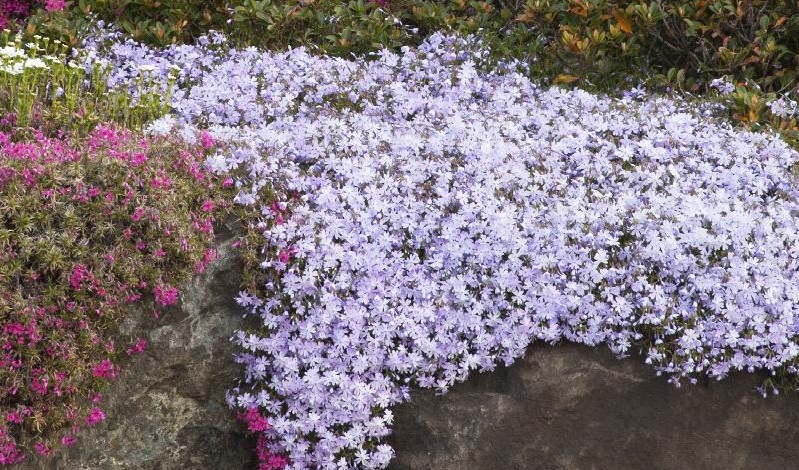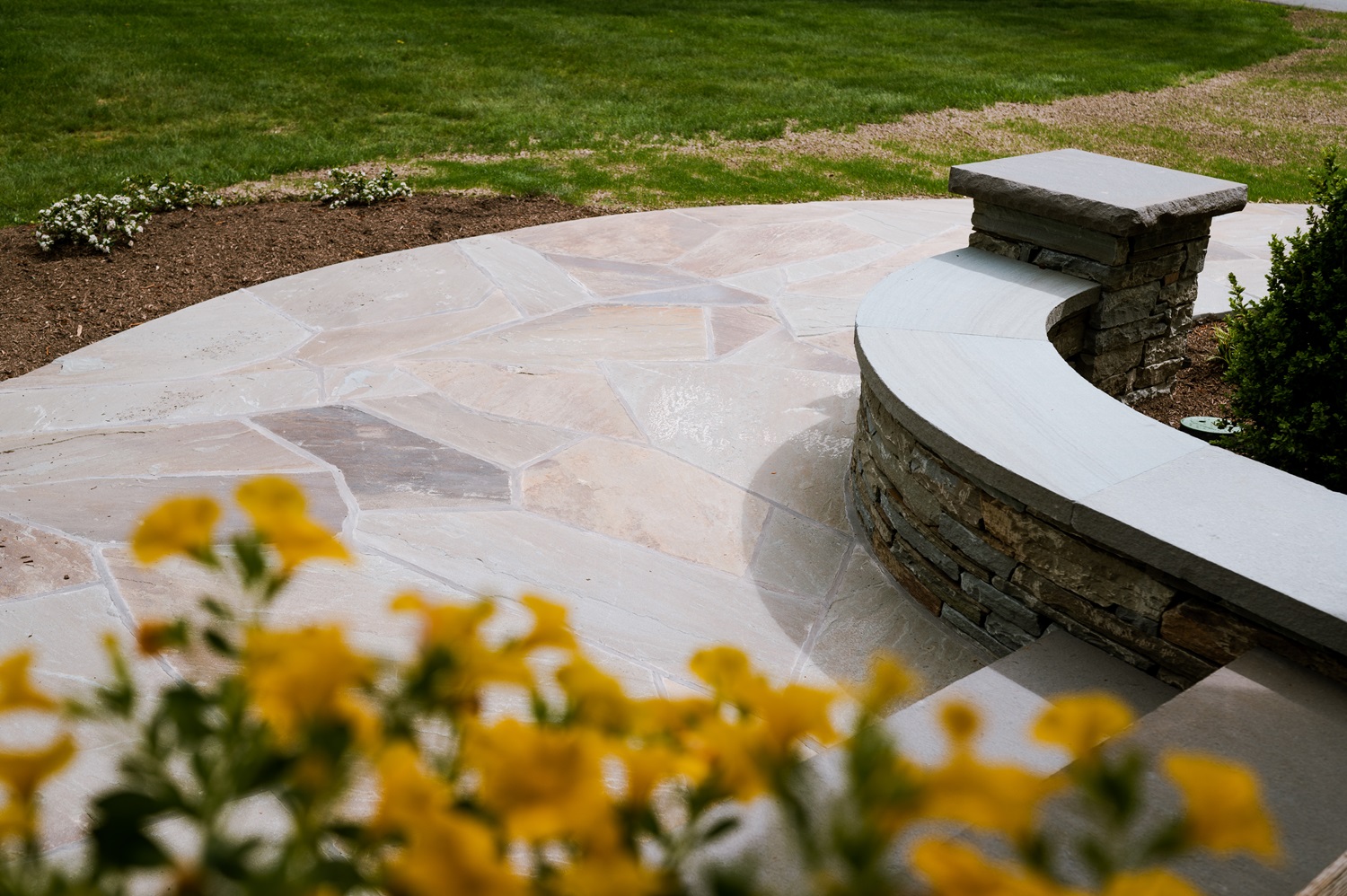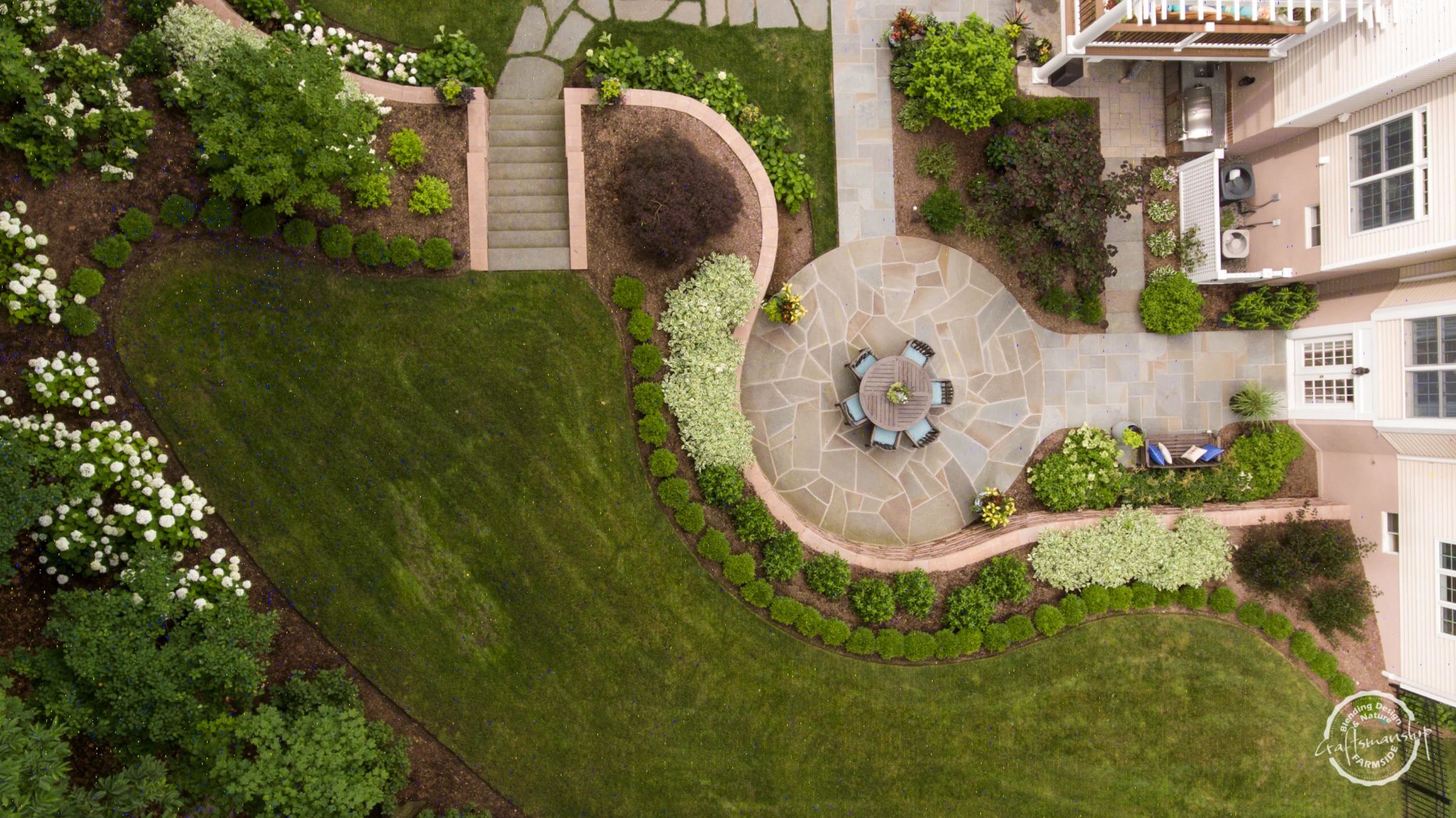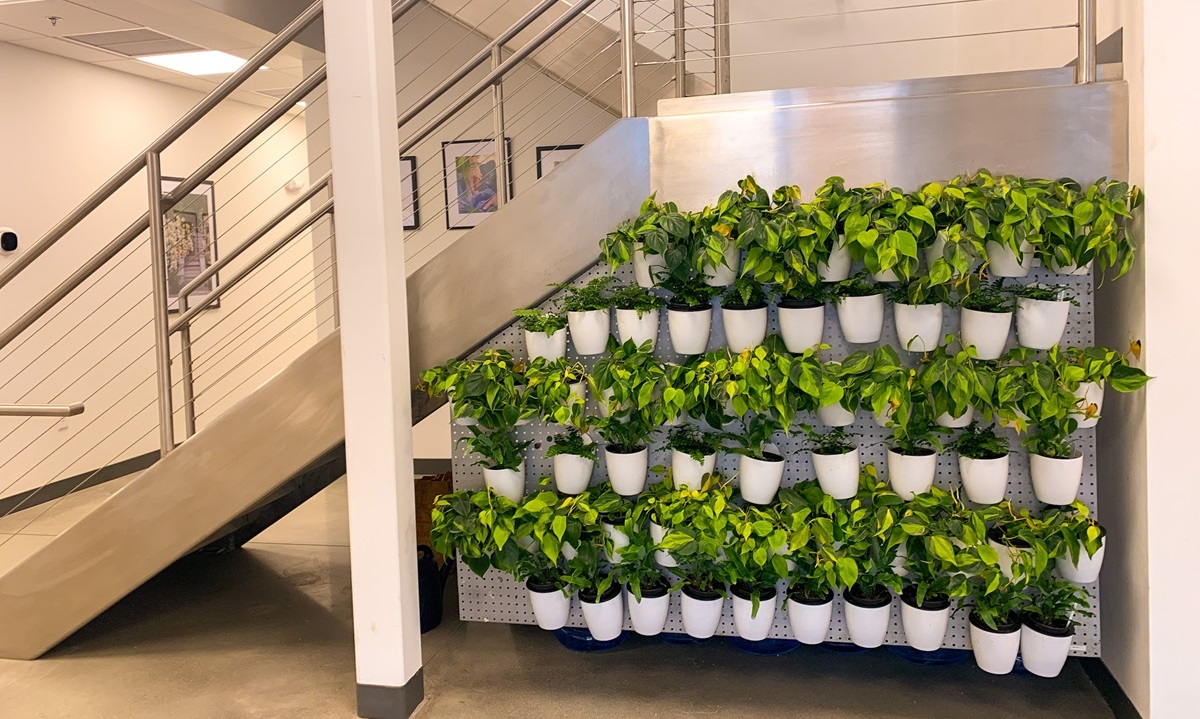Native New Jersey Plants – Native plants are a great option for your landscape. Because they are naturally adapted to the environment, they typically require fewer resources such as fertilizers or pest controls and are generally easy to maintain. They’re rarely invasive since they have evolved within the environment and have natural predators to keep their growth in check. They are interrelated to local pollinators such as butterflies and bees and birds and wildlife rely on them for food, shelter and nesting.
We’ll be spotlighting some great New Jersey native plants to consider for your landscape throughout the year. Here are a few to start with:
Tulip Tree – (Liriodendron tulipifera)
The largest tree in North America, the Tulip Tree, also known as the Tulip Poplar is widely used for interior finishes in housing due to it’s fine grain and easy-to-work with qualities, similar to white pine. A member of the magnolia family, the Tulip tree grows tall quickly, but does not have the typical issues of fast-growing trees such as a short lifespan or weak wood. In mid to late spring, the tree boasts goblet-shaped flowers that are a combination of orange, yellow and green, yielding generous amounts of nectar.
Glossy, deep green leaves have a unique shape that has been described as tulip or cat face-shaped. The nectar attracts hummingbirds and is a host plant for tiger and spicebush swallowtail butterflies. The flowers quickly turn into cone-shaped seed clusters that are dispersed by wind. The seeds can travel a distance 4-5 times the height of the tree, remaining viable from 4-7 years and are a food source for wildlife. The Tulip tree is an excellent shade tree that turns a brilliant golden-yellow in the fall, and can be particularly stunning in larger landscapes.
The tree’s rapid growth and tall height is a function of its shade intolerance. It can reach a height of around 40 feet in just 15 years. When grown in full sun, growth is slower, shorter and the form tends to be rounder. Naturally resistant to termites, and tolerant of black walnut toxicity, Tulip trees prefer moist, well-drained, slightly acidic soils and should be planted in the spring, not the fall.
Foam Flower (Tiarella)
A lovely way to lighten up a shady spot in your landscape is the inclusion of Foam Flower. In spring, bottle-brush plumes of frothy white flowers provide long lasting blooms that continue through mid-summer. Velvety green leaves with deep reddish-maroon veining offset the airy flower spikes that can reach a height of 10-12 inches. The heart-shaped leaves of this shade-loving ground cover turn into gorgeous hues of red, yellow, purple and bronze in the fall, remaining throughout the winter.
This hardy perennial was originally a wild flower native to woodland settings that thrives in rich moist soil, that’s cool and acidic, and benefits from re-creating a woodland setting of leaf mold, compost, peat moss and wood chips in the garden. Ideal conditions include morning sun with shade for protection from the hotter noonday and afternoon rays. In these conditions, Foam Flower easily spreads to form a lovely ground carpet.
Hybrids of Foam Flowers include colored blooms that range from cream to pink to deep red. Some great ones to consider:
- Monrovia Sugar & Spice – Shiny, lacquered, deeply-lobed foliage has a lacy appearance. Each bright green leaf has a dark, bold burgundy center marking. Spikes of foamy, pale pink and white flowers hover above the foliage.
- Monrovia Neon Lights – Neon green edges contrast brilliantly with the deep burgundy-chocolate centers of the extra-large leaves. Foamy spikes of pale pink flowers appear over a long season. Stunning when combined with bright-colored perennials and grasses.
- Proven Winners Cutting Edge – Creamy, bottlebrush-like flowers float above finely dissected green leaves with dramatic dark burgundy centers. Has a rounded, clumping habit.
Wild Ginger – (Asarum europaeum)
This evergreen groundcover forms low mats of rich, dark green, glossy, 3″ round heart-shaped leaves, spreading by underground rhizomes. Attractive, dark red flowers appear beneath the foliage in spring, but quickly fade.
Wild Ginger, also called European Wild Ginger, prefers partially shaded woodland sites with sandy, slightly acidic, humus-rich soil. Deer-resistant, Wild Ginger will keep its foliage throughout the season. Divide plants in early spring before they start active growth or in the fall, once dormant. Some options to consider:
- Monrovia – “Quicksilver” (Asarum splendens) – Silver highlights on deep green foliage create a shimmering effect in shady, woodland gardens. Clumps to form a stunning groundcover. Large flowers are hidden beneath elongated leaves that can be up to seven inches long. Semi-evergreen.
- White Flower Farm – Asarum Europaeum – This species spreads slowly but surely to form a handsome 6”-deep carpet of glossy, dark green, kidney-shaped leaves measuring 4” across. Plants are evergreen where winters are not too harsh.
- White Flower Farms – Asarum Splendens – The long, narrow, heart-shaped leaves are among the largest of asarum (4″ by 6″) marked with attractive silver bands that bring light to the woodland garden.
- White Flower Farms– Asarum Canadense – A native form of the ornamental Gingers that have been so popular with gardeners for their handsome foliage and shade tolerance, which make them essential ingredients in a woodland garden. This plant has blue-green, heart-shaped leaves that form a dense ground cover 6” high.
Featured Image Credit: Monrovia – Sugar & Spice Foam Flower











